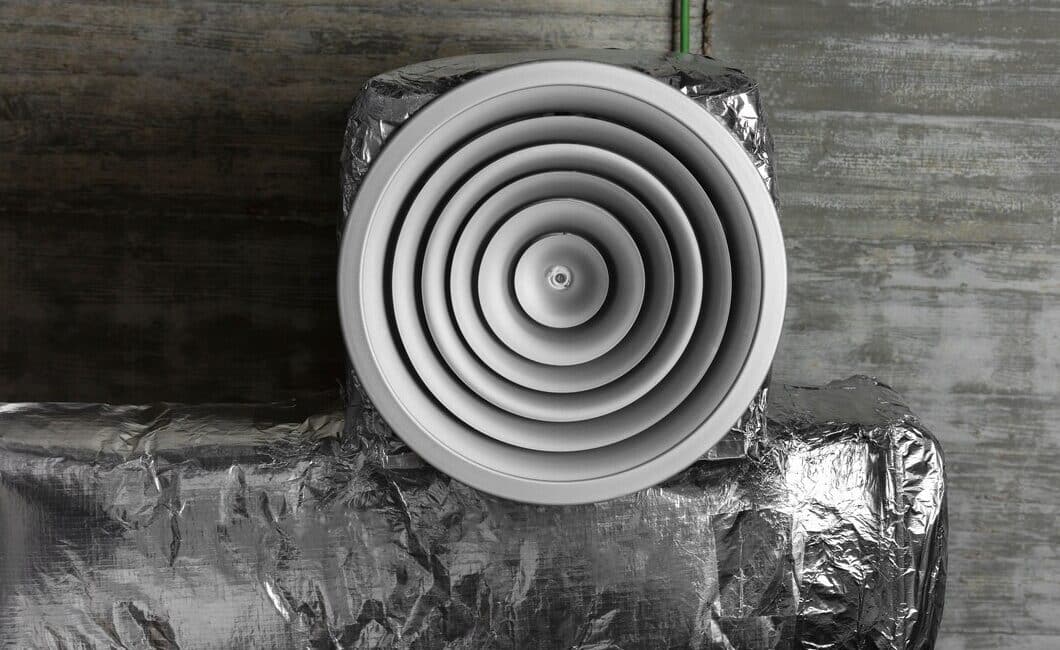Maintaining optimal indoor air quality is essential for a comfortable and healthy living environment, as well as the overall efficiency of your HVAC system. One of the key components responsible for ensuring clean air circulation within your home is the air filter. Designed to trap dust, pollen, mold spores, and other airborne contaminants, air filters not only protect the HVAC equipment but also play a significant role in preserving indoor air quality.
Selecting the right air filter for your unique needs and environment can have a profound impact on your home’s cleanliness, comfort, and energy efficiency. As the Red River Valley’s leading home HVAC and plumbing company, Bears Home Solutions is here to provide you with valuable insights into the different types of air filters available and guide you towards making the most suitable choice for your needs.
Air filters come in various materials, shapes, sizes, and efficiency levels. Choosing the right one depends on several factors, including your specific needs, the type of HVAC system you have, and your budget. By understanding the key differences among the various types of air filters and their corresponding benefits, you can make an informed decision that best suits your home and lifestyle. Explore the most common types of air filters available, along with their key features, to help you make an informed decision and enhance your home’s indoor air quality.
1. Fiberglass Air Filters: Affordable and Efficient
Fiberglass air filters, also known as disposable panel filters, are the most basic and cost-effective option available. Composed of spun glass fibers in a cardboard frame, these filters are designed to protect HVAC equipment from large airborne particles. However, it is important to note that fiberglass filters have a low efficiency rating and are not particularly effective at capturing smaller airborne contaminants, such as pollen or mold spores.
Although fiberglass filters are an affordable option, they need to be replaced or cleaned more frequently than other filter types (every 30 days on average) to maintain optimal airflow and protect your HVAC system. This type of filter may be suitable for homeowners without severe allergies or respiratory issues, but if indoor air quality is a primary concern, there are more efficient options available.
2. Pleated Air Filters: Improved Air Quality and Energy Efficiency
Pleated air filters offer increased surface area and improved performance compared to their fiberglass counterparts. They are composed of polyester or cotton fibers in a pleated design, which allows them to capture smaller contaminants, improving overall indoor air quality. Pleated air filters provide better filtration efficiency and can eliminate pollutants such as mold spores, pollen, and pet dander.
These filters come in various efficiency levels, measured by Minimum Efficiency Reporting Value (MERV) ratings, ranging from MERV 5 to MERV 13. Higher MERV ratings indicate better filtration capabilities, but may also require more frequent replacement or cleaning. Pleated air filters typically have a lifespan of 60 to 90 days, depending on usage and the specific MERV rating.
Pleated air filters are an excellent choice for homeowners looking for a balance between cost, efficiency, and air quality improvement. However, remember to consult your HVAC system’s manufacturer recommendations for MERV ratings to avoid any compatibility issues that may strain system performance.
3. Electrostatic Air Filters: Enhanced Filtration and Reusability
Electrostatic air filters take a slightly different approach to air filtration by using electrostatically charged fibers to attract and capture airborne particles. They come in two primary types: disposable and washable (permanent). Disposable electrostatic filters are more efficient than standard fiberglass filters, but may still need regular replacement. Washable electrostatic filters, on the other hand, can be cleaned and reused, providing a longer-lasting solution that can save money over time.
These filters are particularly effective at capturing dust, pollen, pet dander, and even some bacteria and viruses, providing a noticeable improvement in indoor air quality. Washable electrostatic filters are an eco-friendly and cost-effective choice for homeowners and families with allergies or respiratory issues. However, they require more frequent cleaning and maintenance to maintain their efficiency.
4. High-Efficiency Particulate Air (HEPA) Filters: Maximum Filtration Capabilities
HEPA filters represent the highest standard in air filtration, capable of capturing particles as small as 0.3 microns. These filters are made from densely packed glass fibers and are primarily used in settings where extremely clean air is necessary, such as hospitals and cleanrooms.
While HEPA filters provide unparalleled filtration capabilities, they may not be suitable for every household. Due to their high efficiency, HEPA filters can restrict airflow, potentially causing strain on your HVAC equipment and reducing energy efficiency. It is crucial to consult your HVAC system’s manufacturer recommendations before deciding to invest in a HEPA filter for your home.
Conclusion
Selecting the right air filter for your HVAC system is essential for maintaining optimal indoor air quality, preserving the longevity of your equipment, and ensuring energy efficiency. By understanding the differences among fiberglass, pleated, electrostatic, and HEPA filters, you can choose the best solution for your unique needs and home environment.
At Bear’s Home Solutions, our experienced technicians can help guide you in selecting the ideal air filter, as well as assist with filter replacement and other indoor air quality services, to ensure your home remains comfortable and healthy. Contact us today to learn more about how we can help you achieve optimal indoor air quality and maintain your HVAC system in peak condition!

